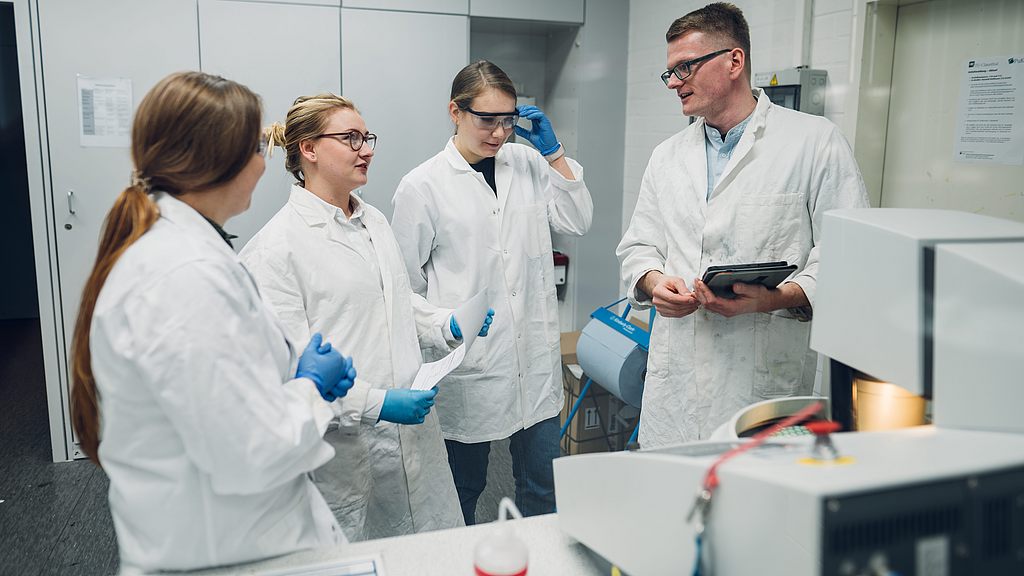Layered silicates as an additive for reducing the gas permeability of single-layer plastic films
Background
Despite isolated efforts of a few market participants to offer and purchase goods and especially foodstuffs in as little packaging as possible, the trend towards specifically optimised and convenient packaging is unbroken. Product presentation, easy handling as well as the extension of shelf life are only three aspects of many, to which this development can be attributed. As a result, the amount of packaging plastics is constantly growing.
Compared to other continents, Europe has a largely functioning waste system that prevents large quantities of disused single-use packaging from ending up in nature. Especially in Germany, the Dual System gives the impression that the collected plastic waste is almost completely recycled. Unfortunately, this is not the case when one speaks of the narrower sense of this term, following mechanical recycling or even closed-loop recycling. The reasons given at the outset mean that packaging - often invisible to the eye - is largely made up of multiple layers. Here, layer structures of different plastics, paper/cardboard or even metals are used, see e.g. cheese packaging, stand-up pouches for nuts and chip bags. The specific tasks performed by the individual layers range from the barrier effect against gases and water vapour to sealability/weldability and printability.
From the resulting waste stream, packaging consisting of mono-material is sorted out and fed into material recycling. Since the recycling of the remaining packaging made of multi-material composites would cause disproportionately high costs, this waste fraction is only recycled energetically, i.e. incinerated.
So far, there is no (marketable) alternative to the current packaging films. In a funded and industry-related project, it is now to be investigated whether and to what extent films made of only one plastic, and therefore easily recyclable, can meet today's requirements. The ecological advantages that can be achieved in this way could be further extended if next-gen plastics based on biobased materials can be used.
Tasks and requirements
The topics that need to be reconciled in the course of this project are correspondingly wide-ranging. This includes film production, testing and characterisation, packaging conception with food-safe design and its production, as well as recycling, all of which are integrated into the research activities at Clausthal University of Technology. The areas of activity for student work are correspondingly varied. Depending on the project status and problem definition, new topics will be added from time to time at this point, whereby the tasks are intended with a work scope of 5-7 LP. For example, for project/study work/research internships, etc. More far-reaching undertakings are also possible by arrangement. Due to the current circumstances, the work is mainly of a theoretical nature, i.e. research work.
Depending on the task, previous knowledge in the field of plastics processing, ideally flat film extrusion, is desirable. The use of literature management programs (e.g. Citavi, Endnote, etc.), LaTeX as well as systematic research skills (see "Gewusst wie..."of the university library) would be appropriate.
Topic: Layered silicates as an additive to reduce the gas permeability of single-layer plastic films
The barrier properties of plastic films to gases is one of the main aspects determining their suitability for food packaging. To simplify, the principle can be adopted: The higher the shielding, the lower the impairment of the packaged goods. Up to now, special and therefore expensive barrier plastics or metal foils have been used for demanding foodstuffs. Both solutions have in common that a material recycling is not practicable. One approach to combine the excellent recyclability of single-layer plastic films with the required barrier ("labyrinth effect") is additivation with layer silicates. Which types can be used and how their preparation is carried out is the subject of an overview of the current state of research.
The work is available immediately. If you are interested, please contact Mr. Maximilian Feyrer
